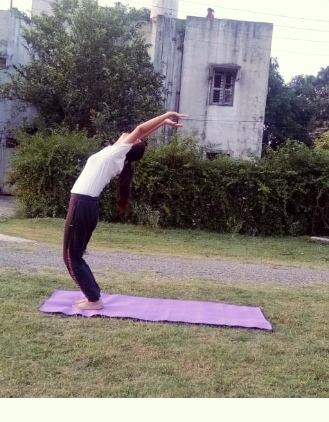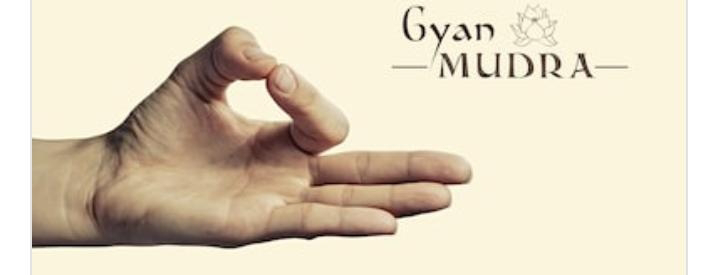all about Jal neti part 1
Introduction :-
Yoga and Ayurveda suggest various ways to cleanse your body so that it can function better. One of the age-old techniques that have been used to clean the respiratory system and remove toxins from the nasal passage is called Jal Neti. It is one of the six purification procedures or 'Shatkarmas'. It is a natural technique used by yogis to prevent respiratory ailments and most importantly, to be able to breathe well. Yogis have practiced it for centuries and still vouch for its powerful benefits.
Selection of the Neti Pot
For neti a special neti lota (rounded vessel) called as 'Neti Pot' should be used. This pot can be of plastic, pottery, brass or any other vessel which doesn't contaminate the water.
One thing you must keep in mind while selecting the pot that the nozzel on the end of the spout should fit comfortably into the nostril so that the water doesn't leak out.
You can even use a teapot only if it's tip is not too large or sharp.
Selection of water The water should be pure, at body temperature i.e. neither too hot nor too cold just luke warm and it must thoroughly mixed with salt in the proportion of one teaspoon per half litre of water.
I have uploaded a video on my Instagram page about how to make water for neti.
Go check it out there on @timetocure
WHY SALT WATER IS USED INSTEAD OF ORDINARY WATER ?
The reason is very simple and very practical. Saltwater has a much higher osmotic pressure than ordinary water and its addition of ensures the osmotic pressure of the water is equal to that of the body fluids which means that salt water is not easily absorbed into the delicate blood vessels and membranes in the nose, thereby minimizing any irritation to the mucous membrane.
A painful or burning sensation is an indication of too little or too much in the salt water.
If you try this practice with ordinary water you will discover for yourself a discomfort or a little pain in the nose.
So Jal Neti is basically cleansing your nasal path to remove the mucous and blockages. It involves pouring water in one nostril and flushing it out from the other nostril helping you keep the nasal passage clean. It is a great way to cleanse your sinuses and consequently keep the respiratory tract clear of dirt and toxins. The sinus cavities get clogged with impurities which may cause inflammation, infections and other respiratory disorders.
Position of hand while holding the Neti pot shown in the picture :
How to do it :-
First of all stand while keeping your both feet together holding the neti pot in one hand.
You can also sit in Kagasana having 1 foot distance between legs or just stand simply keeping both feet shoulder width apart.
Lean forward from the lower back.
Insert the nozzle of the pot into the nostril which is active at that moment.
Tilt the neti pot while raising the elbow of the hand which is holding the neti pots so that the water runs into the nostril and not down the face
Let the water flow in through one nostril and out through the other nostril.
Breathe through the mouth throughout the practice.
The same thing should start from other side.
Initially, it should be practiced under the guidance of a yoga expert.
REMOVING THE NOZZLE :-
Whenever remove the nozzle from the nostril, centre the head and let the water run out of the nose.
Remove any mucus from the nose by blowing gently. Repeat with the opposite nostril.
After finishing from both side, do forceful exhalation (kapaalbhaati kriya) from both the nostrils.
After completing this process, the nostrils must be thoroughly dried.
So this was all about Neti blog part 1 rest will be in the second blog on the same topic. Next blog will be having its benefits and precautions.
keep reading and also follow my page Timetocure on instagram as well as on facebook.
Shruti
Yoga Trainer
Acupressure therapist
On instagram @timetocure





Comments